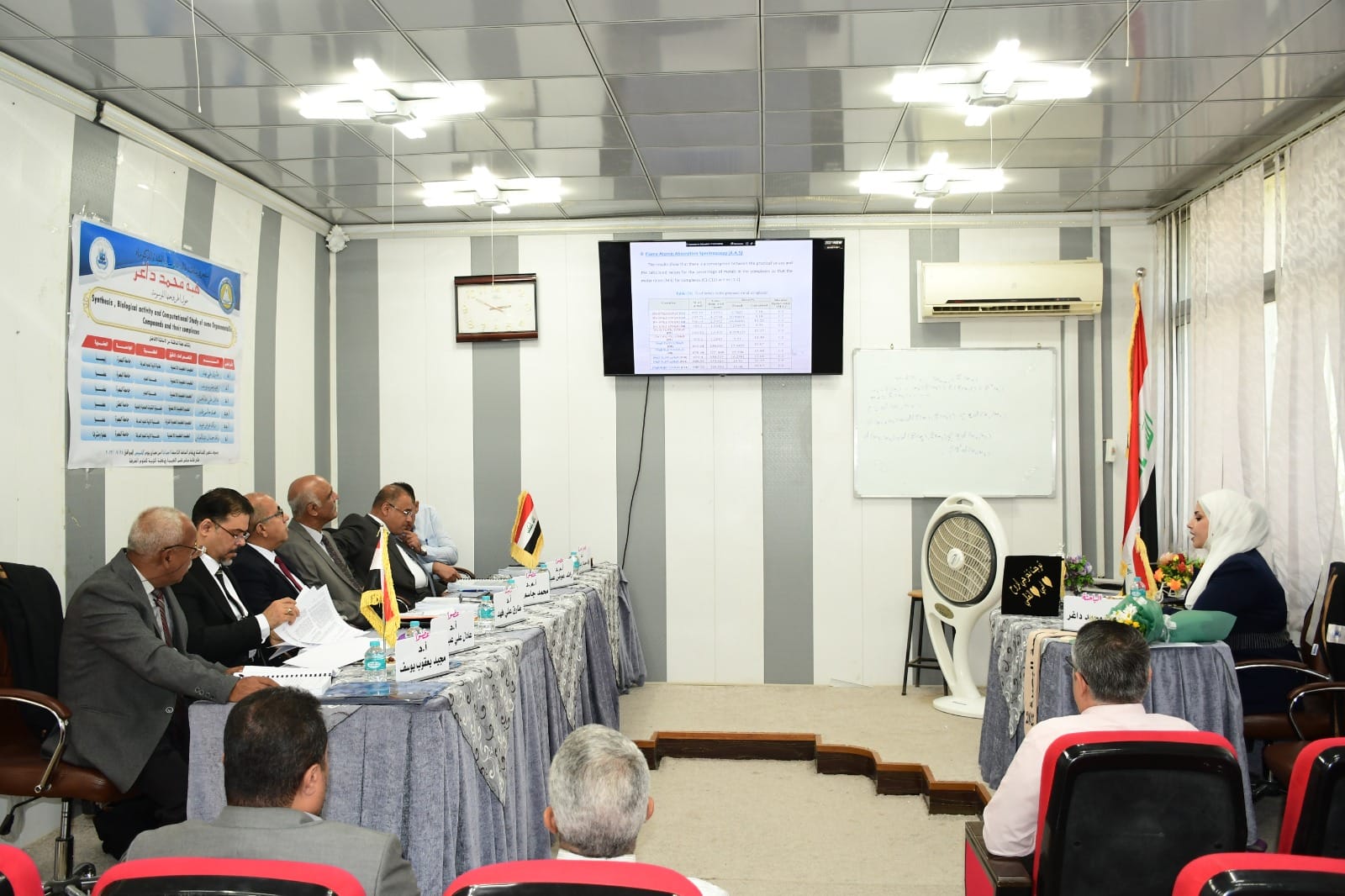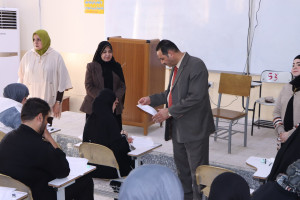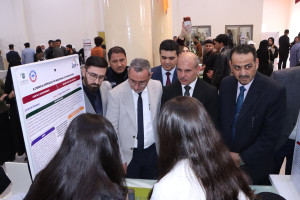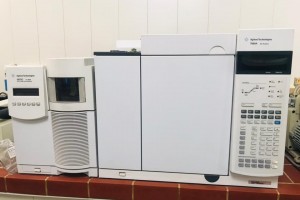
The College of Education for Pure Sciences, Department of Chemistry, discussed a doctoral thesis on the preparation, biological activity, and computational study of organic sulfur and tellurium compounds with Cu(II) and Ag(I) complexes.
The thesis submitted by the researcher (Heba Muhammad Dagher) included:
Preparation, diagnosis and study of the biological effectiveness of breast cancer and computer studies of a group of organic sulfur compounds and their metal complexes and tellurium compounds through three main series: -
The first series included the preparation of various ligands of organic sulfur compounds known as thiazolidine-4-carboxylic acid derivatives, which contain the five-point thiazolidine ring (L1-L7) through the reaction of the amino acid L-Cysteine with various aldehydes, while the second series included the preparation of tellurium compounds. Symmetric and asymmetric A1-A8 using the method of transmetalation reaction through elemental transformation with mercury aniline derivatives in molar ratios of (1:1) and (2:1, respectively) and using an alcoholic hydrazine solution as a reducing agent to reduce the tetrathlerium to the tertium tellurium to give the symmetric telluride compounds that It has the formula Ar-Te -Ar and the corresponding asymmetric compounds with the formula Ar′-Te -Ar with an average yield. All of these compounds prepared above were identified to prove the validity of the chemical structures using various spectroscopic techniques such as FT-IR, Mass spectra, 1H-NMR NMR, and 13C spectra. UV-Vis rays.
The third series included the preparation of monomeric copper(II) and silver complexes using thiazolidine ligands prepared in the first series with copper (II) and silver (I) metals, which are in the form of aqueous copper chloride salts CuCl2.2H2O and silver nitrate AgNO3 in a molar ratio (L:M (2:1). All complexes were characterized using UV-Vis spectra, FT-IR, SEM EDX analysis, flame atomic absorption, molar conductivity, thermogravimetric analysis, and magnetic susceptibility of the complexes, to suggest the final shapes of the complexes, as the shape was found to be a flat square for the copper complexes and a tetrahedral for the silver complexes. .
The in vitro effect of cytotoxicity was examined using the MTT test for the compounds against the MCF-7 breast cancer cell line, which showed varying effectiveness, with the exception of compounds A2, A4, and A6, which showed high inhibitory activity through low IC50 values equal to (3.22, 2.30, and 3.83) µg/ml. Respectively, compound A4 gave the highest efficacy among other compounds.
As for the last study, which is the computer study, it was conducted using the Material studio-DMol3 ver 5.5 program for the prepared compounds, and theoretical calculations were performed using DFT, density function theory. Through energy calculations, it was found that tellurium compounds are more reactive than organic sulfur compounds. A molecular docking study was also conducted for the compounds. A2, A3 and A6 were tested against breast cancer proteins and the MCF-7 cell line to determine their association with the active sites of the proteins responsible for breast cancer and their ability to inhibit cancer cells.









